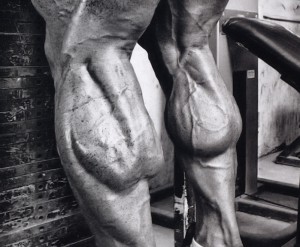Omega-3 Fish Oils: The Basics You Need to Know
Omega-3s are one of the fats that actually have gotten a lot of good press. In this case it’s actually ...

Omega-3s are one of the fats that actually have gotten a lot of good press. In this case it’s actually ...
The importance of fibre as an essential nutrient is often overlooked and the daily requirements of obtaining enough presents a ...
Minerals like zinc and magnesium are necessary for us to properly use energy, detoxify our bodies, and hundreds of other ...
Today I drove to the gym today heading into my first leg day of the week. My current training protocol ...
The ‘BURN’... both masochistically loved and hated at the same time. We’ve all felt it. We’ve all heard varying opinions ...
From boosting testosterone production & supporting lean muscle growth, to optimizing joint health & immune function, getting enough of this ...
BPak breaks down the muscle mechanics behind various lat isolation exercises so that you can grow wings!
All the info you need to execute the best lying leg curl variations for thick hams and glorious glutes!
Explaining the various Intensifiers that appear throughout the MI40 Nation 6 Week Workout Programs
There is, without a doubt, a no more difficult area of the body to develop muscle size and strength, than ...
Step-by-step instructions for performing the best isolation exercises for building a barn door back!

* Consciously think also about pulling the knees / ankles together throughout (inward ‘intent’).